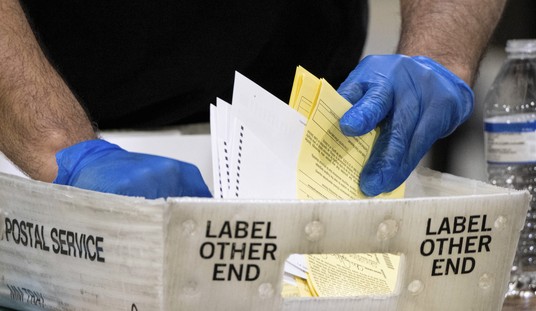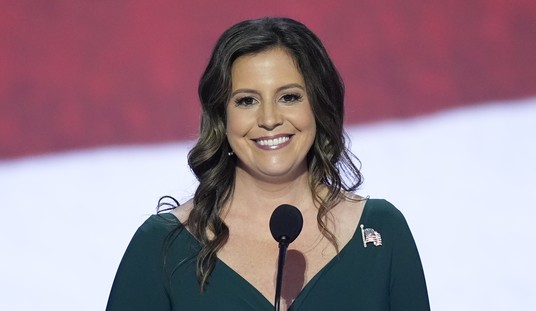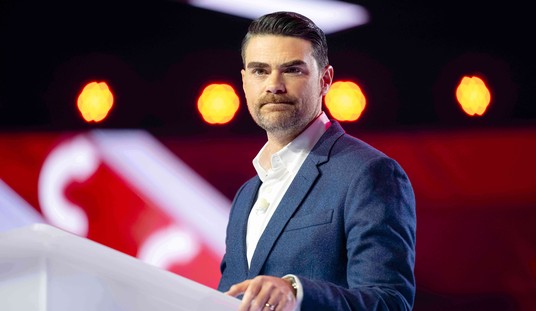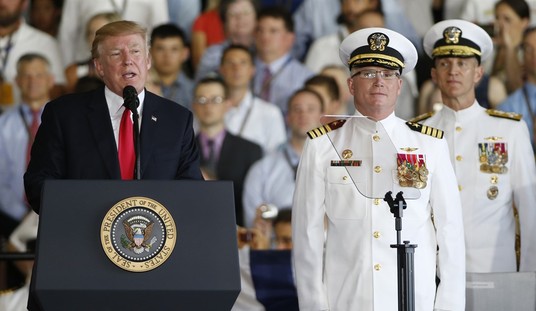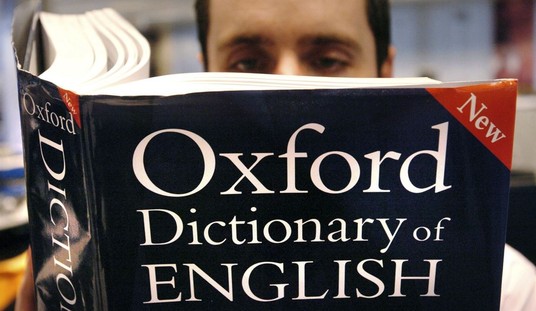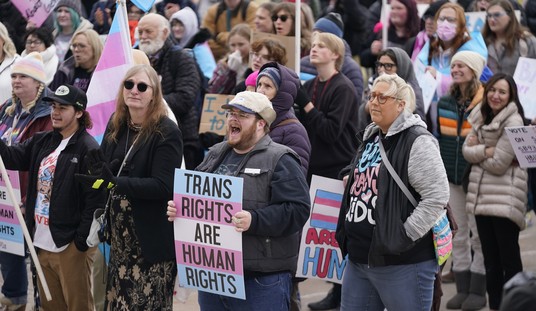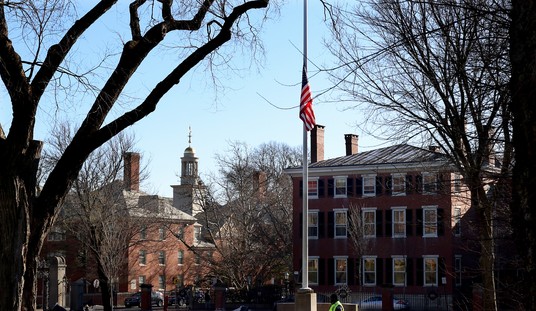President Trump says he plans to meet in Europe soon as part of his negotiations with Vladimir Putin to end the fighting as Ukraine resists the Russian's invasion.
There is no compelling reason for Putin to stop the fighting. He doesn’t seem to care if a million or more people have perished because he dreams of establishing some kind of mini-Russian Empire like the deceased Soviet Union and KGB that spawned him.
Dictators need an enemy to keep their side in line. A number of people who objected to Putin’s “special operation” in Ukraine have fallen out of windows in tall buildings. Or their airplane has blown up. Nothing to see here. Just move along.
Truth is, Putin doesn’t actually negotiate with anyone. He’s the rope-a-dope Muhammad Ali of modern diplomacy. He talks a lot. He dodges a lot. He poses for promotional handshake photos. He also has a lot of people killed.
READ MORE: Putin Is Using Muhammad Ali's Tactics When Dealing With Trump's Ukraine Peace Efforts
He just doesn't do much to conclude a deal when he benefits from prolonging the problem. Putin’s style is to attack, then stall until the other side runs out of soldiers and guns, or gives up, or mysteriously ends up dead, and he gets what he’s wanted all along.
Trump’s blustery, barge-ahead style of negotiation worked beautifully in settling the fighting in Gaza, at least for now.
Trump has expressed frustration with Putin, but has not reacted a lot. He threatened to approve giving Ukraine long-distance Tomahawk missiles, but has now backed off from that.
The U.S. leader has also threatened increased economic sanctions on Russia, which have accomplished nothing under any U.S. president since Putin began his territorial expansions in 2008. Trump has also mentioned unspecified “serious consequences” if there’s no Ukraine ceasefire.
The New York real estate magnate has always maintained that the key to leverage in successful deal-making is the willingness, or threat of, walking away. Trump has not yet tried that, likely because Putin doesn't seem to care.
SEE: Facing Putin's War, Trump Struggles to Construct His Biggest Deal Ever: Peace
All of which got me thinking about previous negotiations between the U.S. and Russia, like the one that ended exactly 158 years ago this weekend.
That’s when another New Yorker, Secretary of State William Seward, took Russia to the cleaners by buying the 663,267 square miles of Alaska for $7.2 million. Today, that would be about $1.1 billion, still a Costco bargain.
The deal was dubbed “Seward’s Folly” by people who had never heard of crude oil and thought 37 states were quite enough to satisfy America’s drive for Manifest Destiny. And, anyway, what of any value could possibly be in that forsaken frozen space?
Turns out, even without any further exploration, Alaska sits on an estimated 3.3 billion barrels of oil, with each barrel producing about 20 gallons of gasoline, plus other byproducts and immense amounts of natural gas.
William Seward was an interesting guy, even for a lawyer. He was a former state legislator, governor, senator, and rival to Abraham Lincoln for the Republican Party’s first successful presidential ticket in 1860. Lincoln saw him as a smart guy and good Cabinet ally.
Seward served all eight years, even after Lincoln's death, with Andrew Johnson in the only bipartisan presidential administration in U.S. history, which Lincoln thought would help heal the war's wounds.
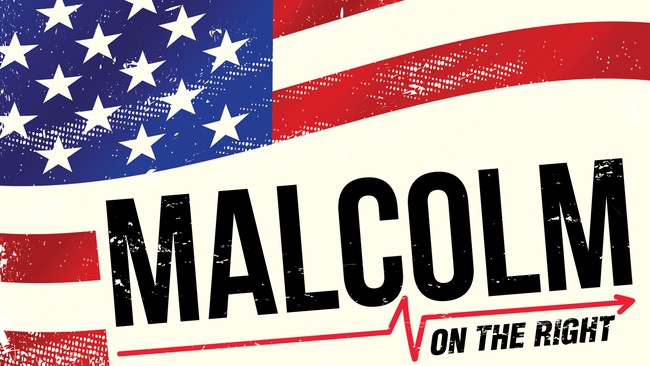
Many forget that Lincoln’s 1865 assassination was just part of a larger plot that also involved killing members of his Union government. All the conspirators ended up dead instead.
Seward was a major target. He was attacked in his home. Fortunately for American history, the man who saw the country as destined to become a major Pacific power survived.
Two years later, he did two big land deals. He annexed tiny Midway Island in the mid-Pacific that, just six months after Pearl Harbor, would play the key naval ambush role in turning the tide of war against Japan in 1942. And Seward also arranged the purchase of Alaska from Russia.
Everybody talks about the 1803 Louisiana Purchase from France for $15 million. At 828,000 square miles, that legal land grab nearly doubled the size of the country’s existing territory, adding what became 15 states. It cost about three cents an acre, a penny more than Alaska.
True, Alaska became only one state. But what a state! It’s the size of the next three largest states combined, Montana, California, and Texas. About 700 Russians and Russian Orthodox priests lived there in 1867, descendants of fur trappers from the previous 135 years.
Gold didn’t get involved for a few more decades. And then there’s all that sticky black goo called oil that was discovered in Pennsylvania in 1859. Only a few folks saw any immediate use for it, mainly in lanterns, and the smelly natural gas that comes with it.
But besides the vast lands that the U.S. acquired thanks to William Seward, try to imagine the vast predicament we avoided thanks to Seward: an immense chunk of the Russian Empire and, later, the Communist Soviet Union sitting atop North America on the other side of Canada, just a short missile hop away.
Funny to think now of President Trump meeting Putin two months ago near a Russian community now called Anchorage.
Like so many things in the history that we sadly don’t study so much anymore, the bountiful U.S. fortune of Alaska came as a result of several events coming together some 5,000 miles away.
This included – wait for it! – Russia in the 1850s trying to expand its territory into Crimea, the same Crimea that Putin’s Russia seized in 2014 as the setup for his attempted takeover of all Ukraine with the invasion of 2021.
The Ottoman Empire, which controlled Crimea in the mid-19th century, had begun its long, slow decline. Not for the last time, Russia tried to take advantage of a weak neighbor and moved to annex the peninsula.
A century before NATO, Britain and France saw that as a genuine threat that augured ongoing Russian expansion into Europe and joined the Crimean War (1853-1856) to stop Russia.
Some of this Crimea Russian expansion stuff probably sounds familiar by now.
The Crimean War did produce a classic English poem by Alfred, Lord Tennyson about that tragic military miscommunication, The Charge of the Light Brigade:
Theirs not to make reply,
Theirs not to reason why,
Theirs but to do or die.
However, that war also produced a colossal military defeat for Russia. The tsar had a lot of bills. How could he get some money?
What about selling Alaska, often called Siberia’s Siberia? The valuable furry creatures there were almost wiped out. Britain ruled adjacent Canada. And the United States had one of the world’s largest militaries after its Civil War. Either one could capture Alaska easily and leave Russia with nothing.
Duke Konstantin, the tsar’s younger brother, pointed this out in a memo. Alexander II wrote on it: “This idea is worth considering.”
So, they did. And Seward was a ready buyer. In return, Seward got an Alaskan coastal community named after him with a population of maybe 5,000 humans and an undetermined, but large number of bears.
But wait! There’s more.
Britain took careful note of the newly reunited United States hopscotching Canada’s vulnerable west with a major territorial grab on its northern flank.
So, in that same year of 1867, it officially transformed Canada from a vulnerable colony ripe for the picking into a more secure separate country and member of the British Commonwealth, where it remains today.
President Trump has suggested that Canada, which is 10 percent larger than the United States with but 12 percent of its population, become the 51st state. Without a William Seward, that seems unlikely.


